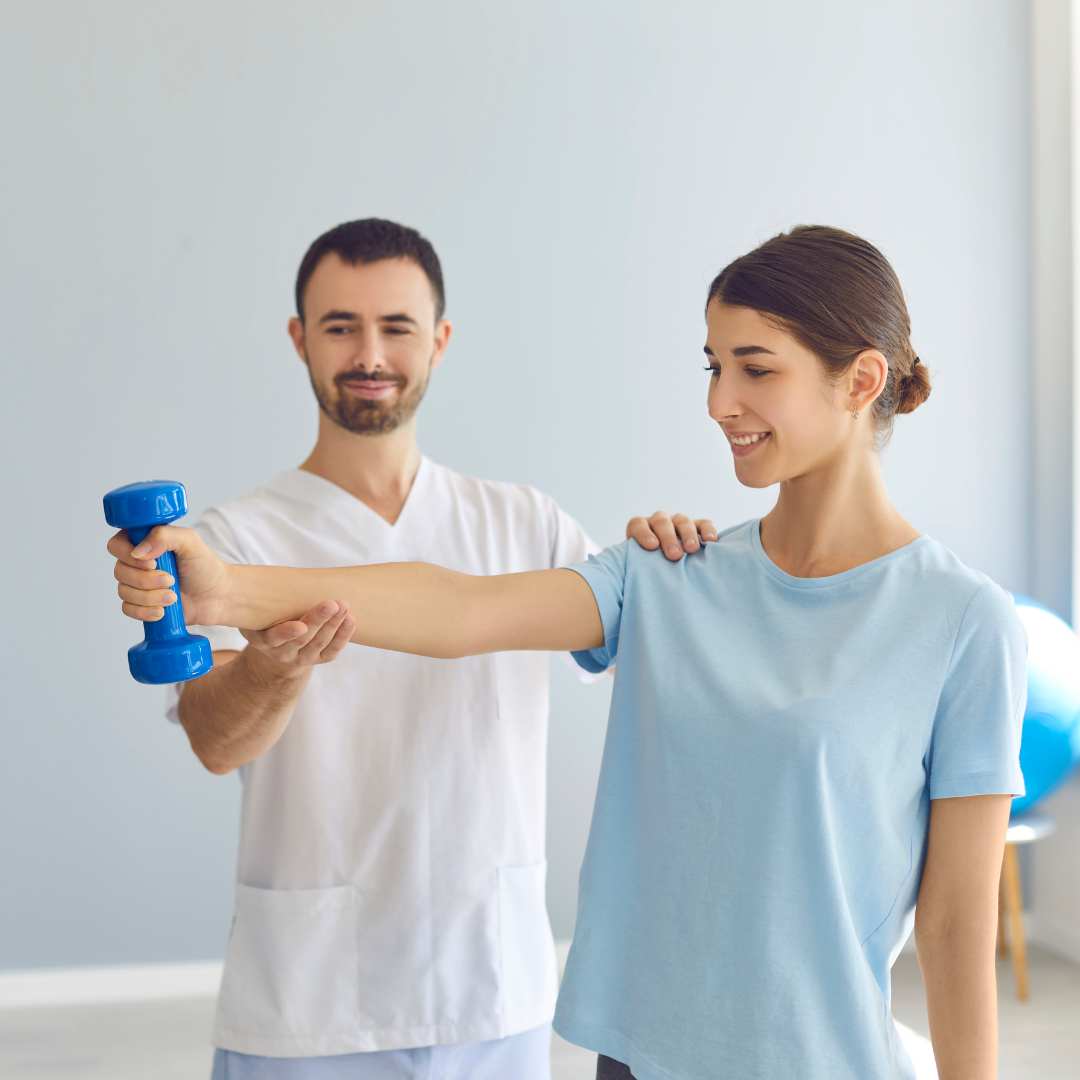
A Rotator Cuff Tear is a common shoulder condition where one or more of the tendons of the rotator cuff (a group of four muscles and tendons that stabilize the shoulder joint) become torn. This can happen due to injury, overuse, or degeneration with age. A torn rotator cuff weakens the shoulder, making it painful and difficult to perform everyday activities such as lifting, combing hair, or reaching overhead.
If left untreated, the tear can worsen over time, leading to chronic pain and permanent shoulder weakness.
Acute Injury: Sudden fall, accident, or lifting something heavy.
Sports Injuries: Common in sports requiring overhead movement like tennis, swimming, baseball, or badminton.
Degeneration with Age: Wear and tear weakens tendons, especially in people over 40.
Repetitive Overhead Activities: Painters, carpenters, and athletes are at higher risk.
Poor Shoulder Mechanics: Impingement or bone spurs rubbing against tendons.
Family History: Genetic factors may increase susceptibility.
Persistent shoulder pain, especially at night
Weakness when lifting or rotating the arm
Limited range of motion or stiffness
Clicking or popping sound during movement
Difficulty performing daily activities like dressing or combing hair


A shoulder specialist in Faridabad may perform:
Physical Examination: Checking strength, movement, and pain response.
X-rays: To rule out bone spurs or arthritis.
MRI or Ultrasound: To confirm partial or complete tendon tear.
Treatment depends on the severity of the tear, age, and activity level.
Non-Surgical Treatment:
Rest and activity modification
Pain relief medications & anti-inflammatory drugs
Physiotherapy to strengthen shoulder muscles
Steroid injections to reduce pain and swelling
Surgical Treatment (if symptoms persist or tear is large):
Arthroscopic Rotator Cuff Repair: Minimally invasive “keyhole” surgery to reattach torn tendon.
Open Repair: Used in complex cases with large tears.
Tendon Transfer or Reverse Shoulder Replacement: For irreparable tears with severe arthritis.

Arm supported in a sling for 3–6 weeks depending on tear size.
Passive exercises start early to maintain mobility.
Strengthening exercises begin after 6–8 weeks.
Most patients return to daily activities within 3 months, but full recovery may take 6–9 months.
Strict adherence to physiotherapy protocol is crucial for best results.
85–95% patients experience significant pain relief and improved strength.
Return to normal activities, sports, and work is common after recovery.
Minimally invasive techniques lead to faster healing and minimal scarring.
Success depends on tear size, tissue quality, and patient compliance with rehab.

We strive to deliver a level of service that exceeds the expectations of our Patients. If you have any questions about our services, please do not hesitate to contact us.
Copyright © 2022 Dr. Ramkinkar Jha. All Rights Reserved. | Designed by Artistry Media